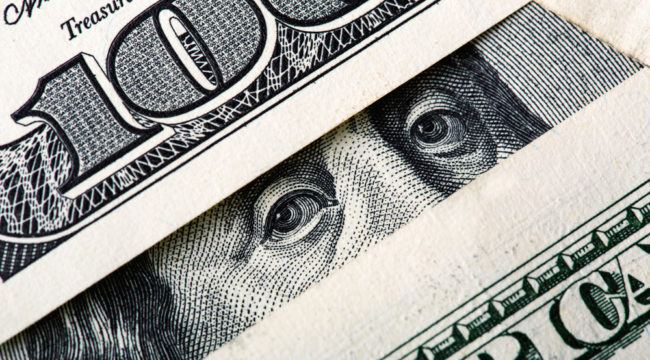A Bold Prediction Comes True
Two weeks ago yesterday we dared the wrathful gods… and tempted fate with a rare prediction.
From The Daily Reckoning, dated 17 May:
May 31 is the date of the next drop… We do not forecast a cataclysm — but a substantially negative May 31. So you can go ahead and put us down for it. The S&P will sink May 31.
If wrong, we boasted, we would eat every word we wrote that day — without salt.
May 31 has come… May 31 has gone.
And our prediction?
We are pleased beyond description today — we’ve been spared a dreadful dish of unseasoned prose.
The S&P sank 19 points yesterday, precisely as predicted… at least to an inch or two.
Three at most.
The Dow Jones fared even worse percentagewise — down 252 crimson points on the day.
Nor was the wreckage limited to the abovementioned.
The Nasdaq and the Russell both ended deeply in red territory.
Incidentally, all three indexes roared back today… and made good most of yesterday’s losses.
Why were we so confident the market would fall yesterday?
The answer arrives in three words:
The Federal Reserve.
It is now hard at the job of quantitative tightening — the reverse of quantitative easing.
Year to date, the Fed had unloaded $117 billion worth of assets before yesterday.
And the S&P lost a combined 4.7% on the specific days these jettisonings occurred.
The reproduced evidence, coming by way of Martingale_Macro:

And yesterday witnessed the largest single balance sheet reduction since the business began last October.
Nearly $29 billion worth of maturing bonds were scheduled to roll off the Fed’s balance sheet yesterday.
Did you hear about it in the financial media?
You did not of course — it went entirely unreported.
It was, nonetheless, the specific basis of our May 17 crystal gazing.
And with the pleasure of repeating ourselves… we were correct.
But do we accept an undeserved laurel?
Did markets sink yesterday for another reason, entirely unrelated to the Fed’s balance sheet?
The Trump administration announced tariffs on steel and aluminum imports from the European Union, Canada and Mexico.
These tariffs were met by immediate threats of retaliation.
Recall, prospects of a global trade war kindled February’s market “correction” — at least in part.
And yesterday those fears bubbled again to the surface.
But we will permit no rain to fall on our triumphant parade today.
No, no, the Fed and its balance sheet alone account for yesterday — and we consider the case jolly well closed.
If you disagree… drive on!
We jest of course.
The tariff announcement may well have been sufficient — or perhaps it was a combination of both.
Or something else entirely.
Every time we think we have the market by the tail… we soon discover otherwise.
But let us now face the horizon…
The Fed is on pace to reduce its balance sheet $420 billion by year’s end… and plans to trim another $600 billion next year.
And another $600 billion the year following.
It does not believe its trimmings will affect markets.
We have our evidence to the contrary — albeit circumstantial — as argued above.
Nor will Jim Rickards guzzle the moonshine:
The Fed wants you to think that QT will not have any impact. Fed leadership speaks in code and has a word for this, which you’ll hear called “background.” The Fed wants this to run on background…
This is complete nonsense.
Contradictions coming from the Fed’s happy talk want us to believe that QT is not a contractionary policy, but it is.
They’ve spent eight years saying that quantitative easing was stimulative. Now they want the public to believe that a change to quantitative tightening is not going to slow the economy.
And so the Fed maintains its thumbless grasp of economic cause and effect.
We’ll be keeping a sharp eye on the Fed’s next substantial rollover date.
Will we crowd our luck with another bold market prediction that day?
No, we had better not — the gods are vengeful.
Regards,
Brian Maher
Managing editor, The Daily Reckoning



Comments: